Table of Contents
- Xi Jinping wants to extend his reign – a logical, if worrying, choice ...
- China Financial Crisis Could Threaten Xi Jinping's Hold on Power ...
- Who Is Xi? | Andrew J. Nathan | The New York Review of Books
- Xi Jinping | China's Parliament wraps up annual meeting with call to ...
- Chinese President Xi Jinping | CNN
- Charles Frith - Punk Planning: Xi Jinping
- Xi Jinping May Now Be China's New Emperor - Newsweek | Scribd
- Xi Jinping Aims to Propel China to the Top of the World Order | Time
- Xi Jinping's Instagram, Twitter & Facebook on IDCrawl
- Chinese President Xi Jinping will not attend G20 summit; Premier Li ...

Xi Jinping, the current President of China, has been a dominant figure in the country's politics for over a decade. Since assuming power in 2013, Xi has consolidated his position, eliminating term limits and cementing his status as China's paramount leader. In this article, we will delve into the key events and milestones that have marked Xi Jinping's rise to power and his subsequent rule.

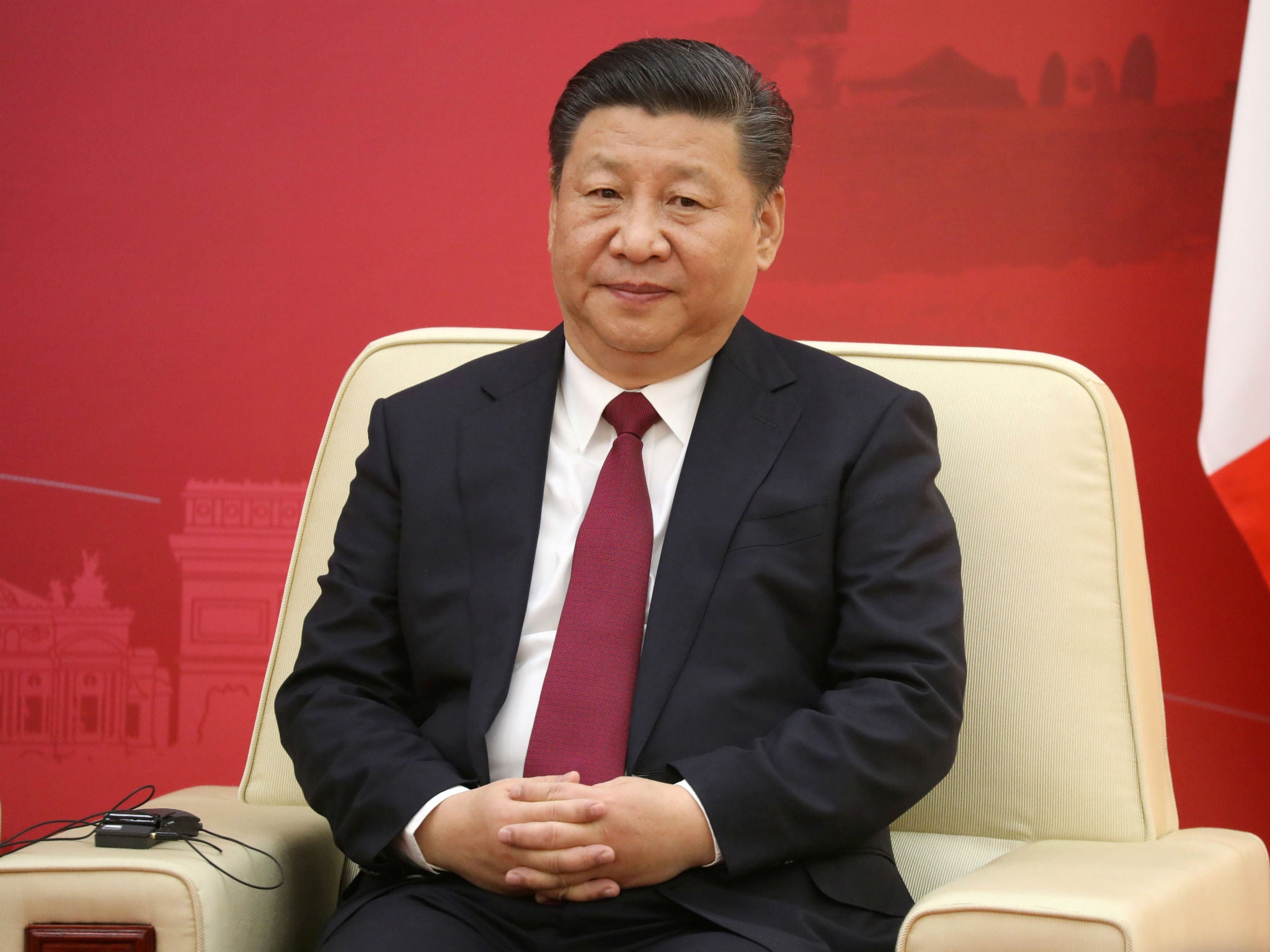
Early Life and Career (1953-2007)
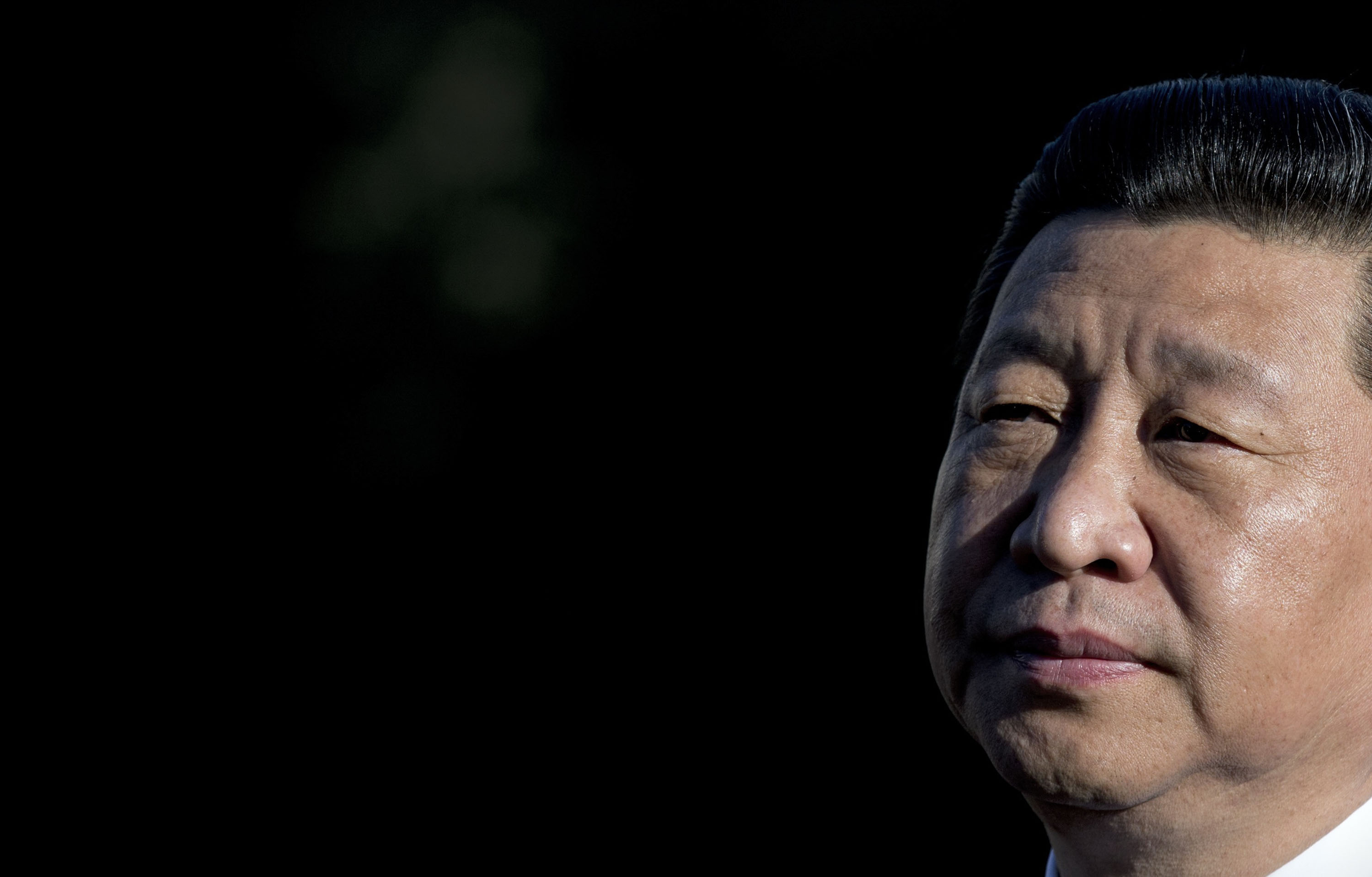
Born on June 15, 1953, in Beijing, Xi Jinping is the son of Xi Zhongxun, a former vice premier. Xi's early life was marked by hardship and struggle, with his family facing persecution during the Cultural Revolution. He joined the Communist Party of China (CPC) in 1974 and began his career in the party's youth league. Xi's rise through the ranks was swift, with him becoming the governor of Fujian province in 2000 and later the party chief of Shanghai in 2007.
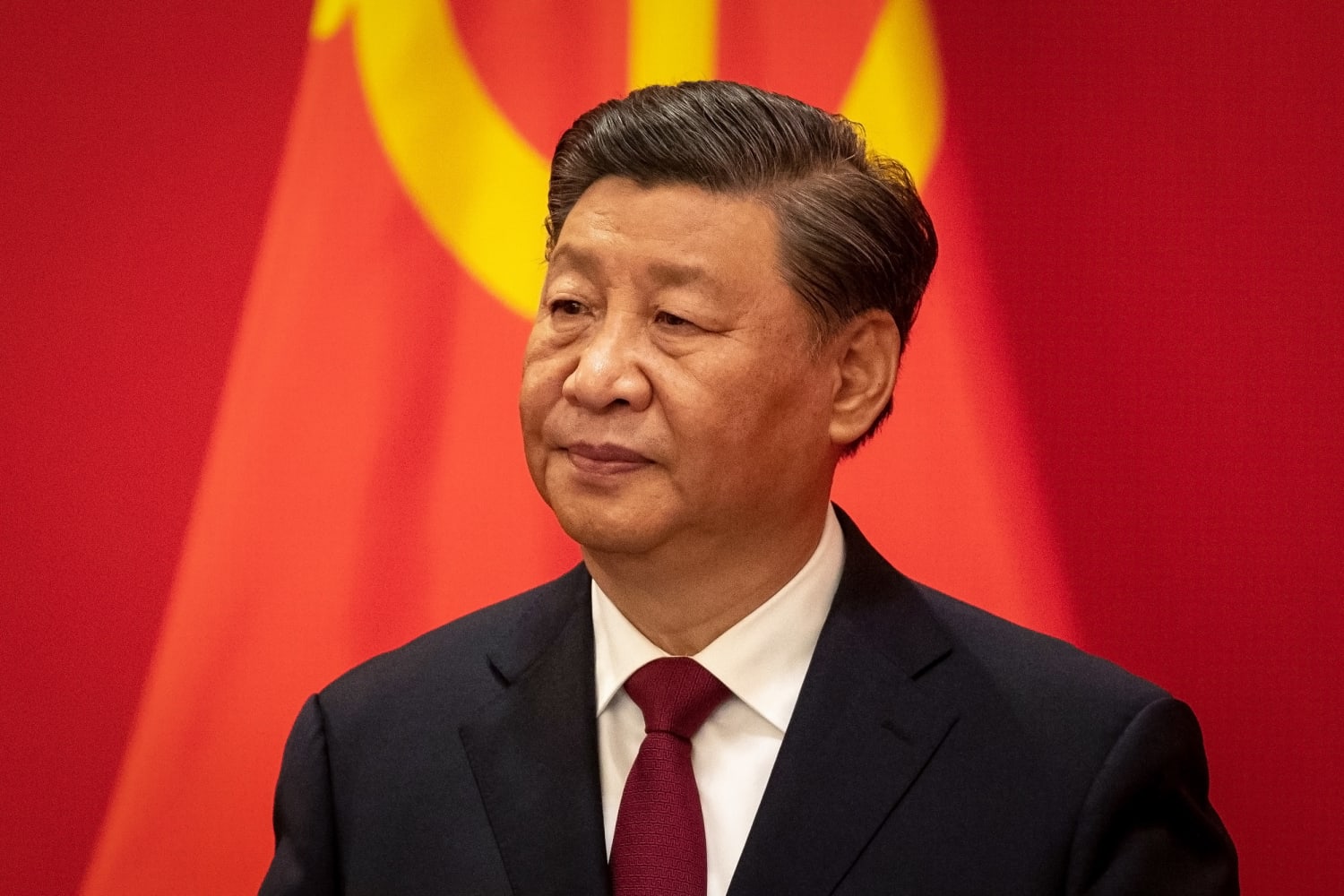

Rise to Power (2007-2013)
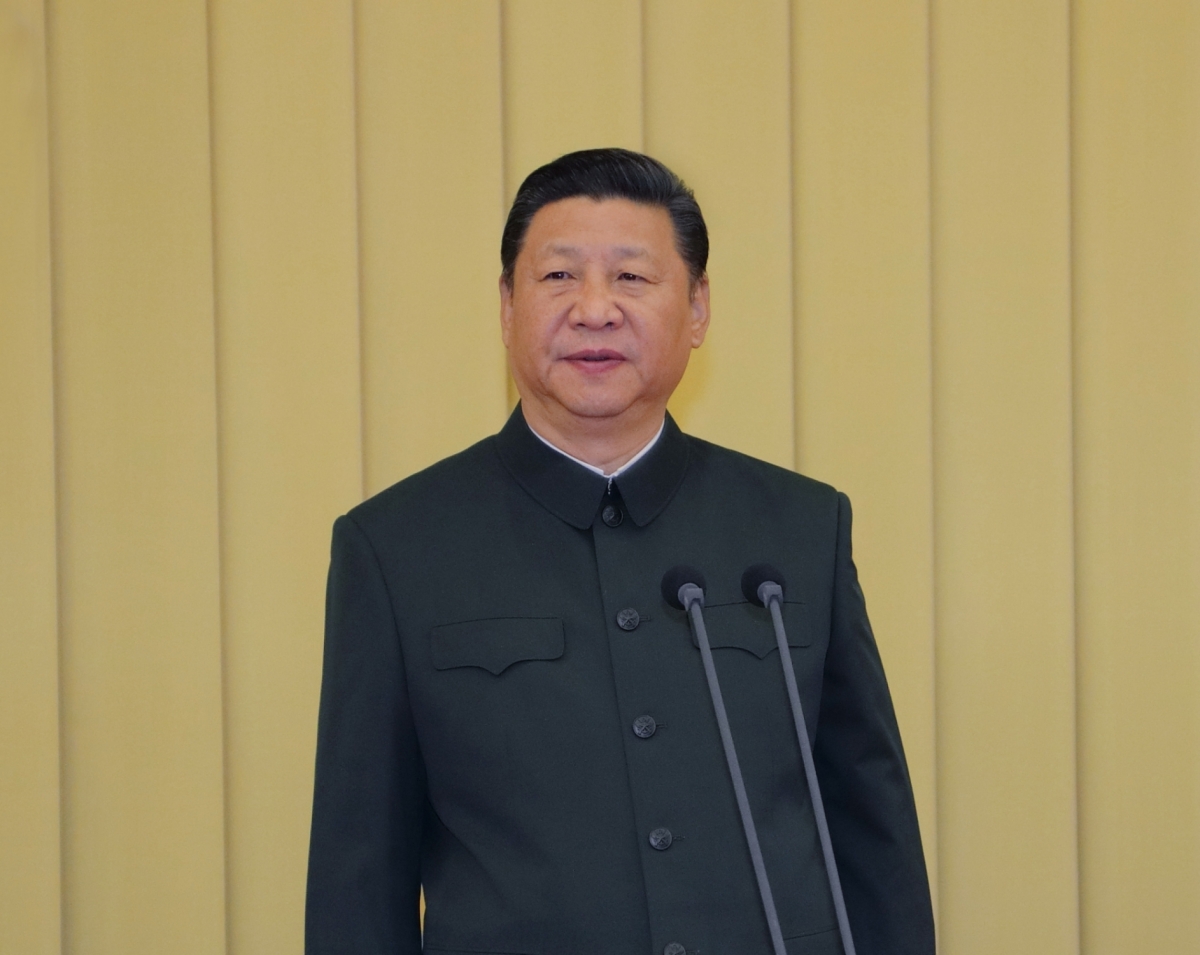
In 2007, Xi was appointed to the Politburo Standing Committee, the CPC's top decision-making body. He became the vice president of China in 2008 and was groomed to succeed Hu Jintao as the country's leader. Xi's ascent was marked by a series of high-profile appointments, including his role as the head of the CPC's Central Party School and his position as the vice chairman of the Central Military Commission.

Key Milestones:
- 2007: Appointed to the Politburo Standing Committee
- 2008: Became vice president of China
- 2010: Appointed as the vice chairman of the Central Military Commission
- 2012: Became the general secretary of the CPC
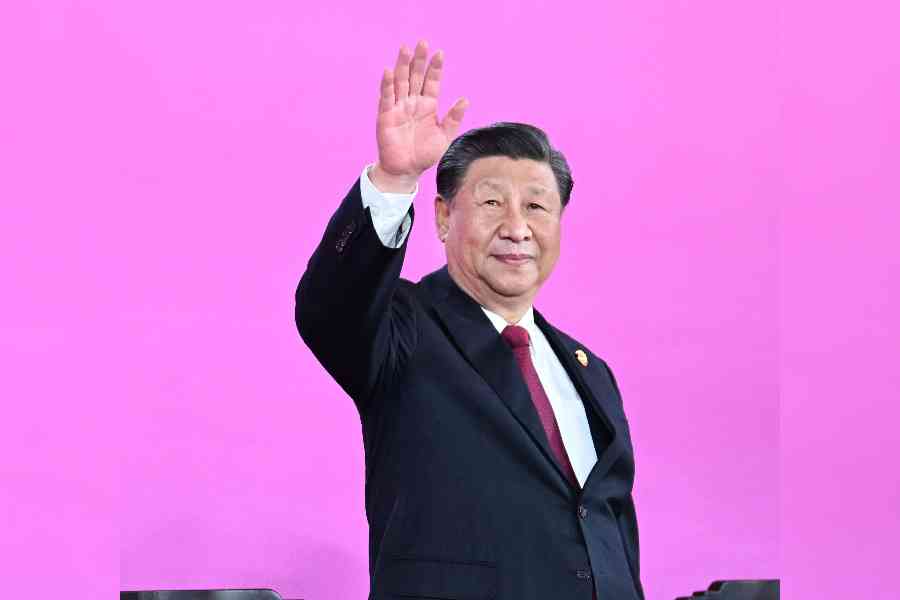
Consolidation of Power (2013-Present)
Xi Jinping became the President of China in 2013, marking the beginning of a new era in Chinese politics. Since then, he has consolidated his power, eliminating term limits and establishing himself as the country's paramount leader. Xi's rule has been marked by a series of significant events, including the launch of the Belt and Road Initiative, a massive infrastructure development project, and the implementation of a nationwide anti-corruption campaign.
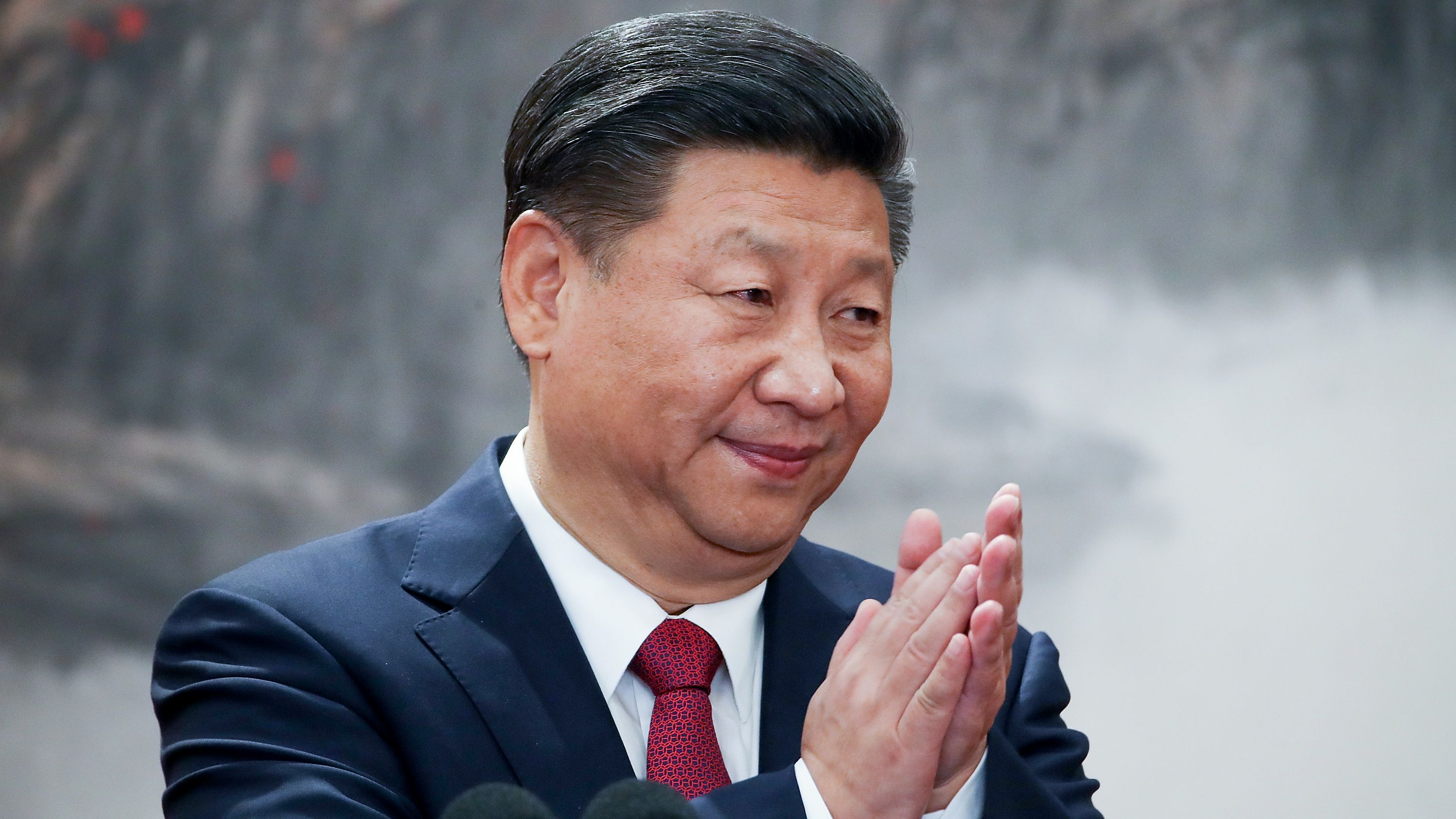
Notable Events:
- 2013: Became the President of China
- 2014: Launched the Belt and Road Initiative
- 2015: Implemented a nationwide anti-corruption campaign
- 2018: Eliminated presidential term limits
- 2020: Introduced the Hong Kong national security law
Xi Jinping's rise to power and his subsequent rule have been marked by a series of significant events and milestones. From his early life and career to his consolidation of power, Xi has established himself as one of the most dominant figures in Chinese politics. As China continues to play an increasingly important role on the global stage, understanding Xi Jinping's ascension and rule is crucial for anyone interested in international relations, politics, and global affairs.
With his position as China's paramount leader cemented, Xi Jinping is set to continue shaping the country's future, with far-reaching implications for the world. As we look to the future, it is essential to examine the key events and milestones that have marked Xi's rise and rule, providing valuable insights into the mind and motivations of China's leader.